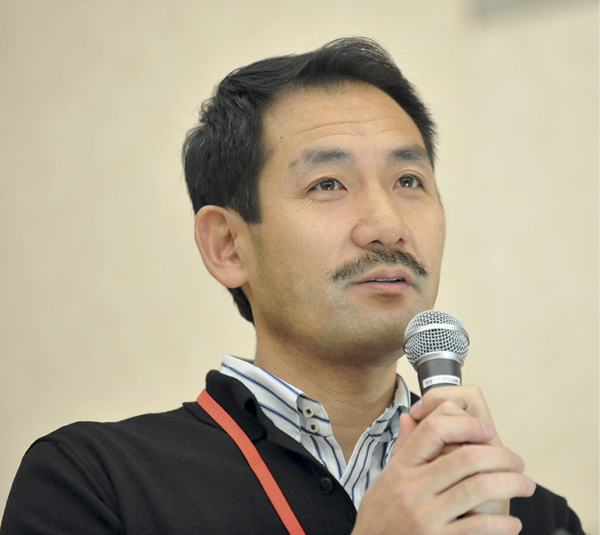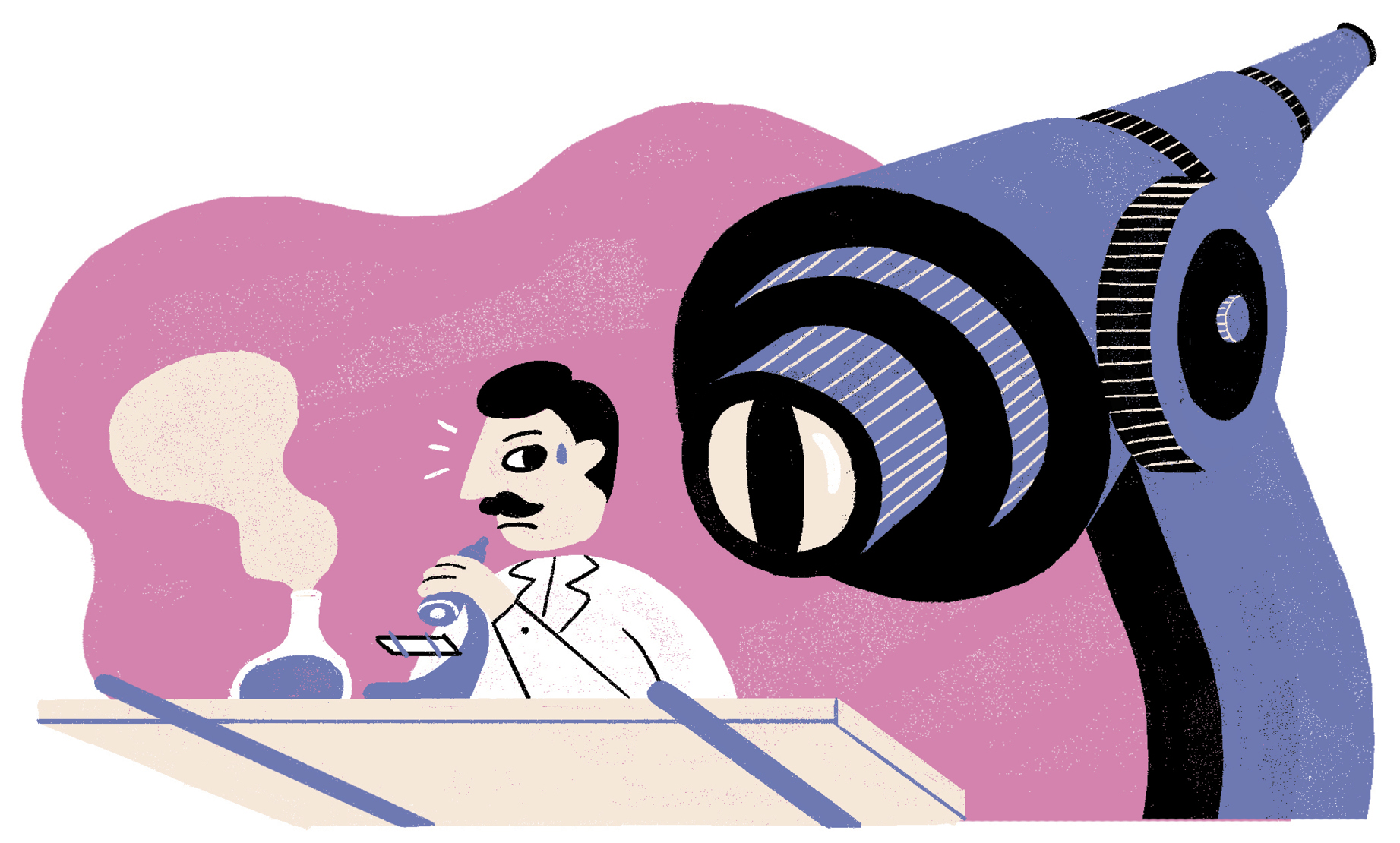Cell biologist Yoshinori Watanabe, a world-renowned expert on chromosome dynamics, was dismissed by the University of Tokyo in April after an investigation concluded that he doctored images and falsified data in five articles published between 2008 and 2013. But Watanabe—who joined the university in 1984 as an undergraduate and forged his career there—has been given an unexpected opportunity to start over. Having moved from Tokyo to London, he has been working since April 16 at the futuristic design facilities of the Francis Crick Institute, a biomedical research center run by British biochemist Paul Nurse, who won the Nobel Prize in Physiology or Medicine in 2001.
Nurse, who was Watanabe’s postdoctoral supervisor in the 1990s, believes that his former student deserves a second chance, and offered him the opportunity to retrain in the use of automated tools for image collection and analysis—skills that the accused claims to have lacked when he wrote the articles. “The research community and institutions need to think more about how to handle rehabilitation in cases like this,” Nurse told the journal Nature. Watanabe admits he made mistakes in the articles, but denies having acted in bad faith. “After a period of retraining, I hope to find somewhere to resume my scientific career,” he said.

Elliott Brown / Flickr
The Francis Crick Institute, where the Japanese biologist is retraining in image collection and processingElliott Brown / FlickrPrograms designed to rehabilitate researchers accused of misconduct are not unheard of. Between 2013 and 2017, 61 researchers responsible for plagiarism, falsification, or fraud participated in a retraining and monitoring initiative run by the US National Institutes of Health (NIH) (see Pesquisa FAPESP issue no. 246).
In most cases, the irregularities were unintentional and involved negligence or ignorance of the rules. Watanabe’s case is unique because it involves a researcher who understands good scientific practice, and because it has attracted the sympathy of a Nobel Prize winner. It is the first time that the Francis Crick Institute has offered to help rehabilitate a researcher, and it has no plans to do so again.

Seimi Tsutsui
After being fired, Watanabe was given another chance in London by his former postdoctoral supervisor NurseSeimi TsutsuiThe biologist’s punishment was the culmination of a scandal that began two years ago at the University of Tokyo, one of the most important in Japan, with 28,000 students at five campuses. In 2016, an anonymous report was released that identified irregularities at six of the institution’s laboratories. Investigations were opened and the accusations against Watanabe’s group were confirmed. Five of the seven of his papers that were named in the report contained manipulated images, two of which were published in the journal Science, two in Nature, and one in EMBO Reports. Yuji Tanno, one of Watanabe’s assistants, was judged responsible for falsifying one of the articles, but the investigation noted that he received improper advice from his mentor.
Funding suspended
Watanabe’s research group at Tokyo University disbanded when the accusations were first released. The 15 researchers who worked with him transferred to other laboratories and funding for his main research project—worth US$3.7 million—was suspended. An editorial published in the English-language newspaper the Japan Times cited the scandal as a reflection of the country’s falling scientific standards and budget cuts that have increased competition for funding among research groups: “Behind the misconduct may have been his and his lab’s desire to obtain research funds even by concocting results,” the article said.

Steven Haywood
Paul Nurse, who won the Nobel Prize in Physiology or Medicine in 2001Steven HaywoodWatanabe’s research details the interactions between proteins that guide the separation of chromosomes. In the papers in question, the images of proteins involved in the experiment were altered to make them more convincing. Data from different sources were also combined into one chart. The University of Tokyo’s investigation found that Watanabe acted deliberately and even taught students how to manipulate the images. One of the articles published in Science in 2015 has already been retracted, and a correction was published for the EMBO Reports article. The researcher admitted to the errors, but claimed that the alterations were not made to deceive anyone and did not affect the conclusions of the articles. “I take ultimate responsibility for the data-processing errors that occurred in articles written by my group. I admit that the processing methods did not meet international standards, regardless of their effect on the final results,” Watanabe wrote in a public apology.
The Japanese researcher’s contributions to science may help to explain the solidarity he has received from other researchers. Iain Cheeseman, from the Whitehead Institute for Biomedical Research in Cambridge, USA, defended Watanabe in an interview with the journal Nature when the scandal broke last year. “Watanabe is a giant of science and his work has been groundbreaking for understanding mitosis and meiosis. These are discoveries that have been validated and continue to be central to our understanding of cell division,” said Cheeseman, who highlighted findings such as that of a protein that plays a role in chromosome separation. Cheeseman later clarified his position via Twitter, offering some criticism of his colleague: “It is critical to act transparently when preparing images. Watanabe manipulated his data in a way that was sloppy and inappropriate.” He noted, however, that there is confusion about what techniques are considered acceptable for digital image processing and that the conclusions of Watanabe’s studies were not affected by the manipulation.
Republish

